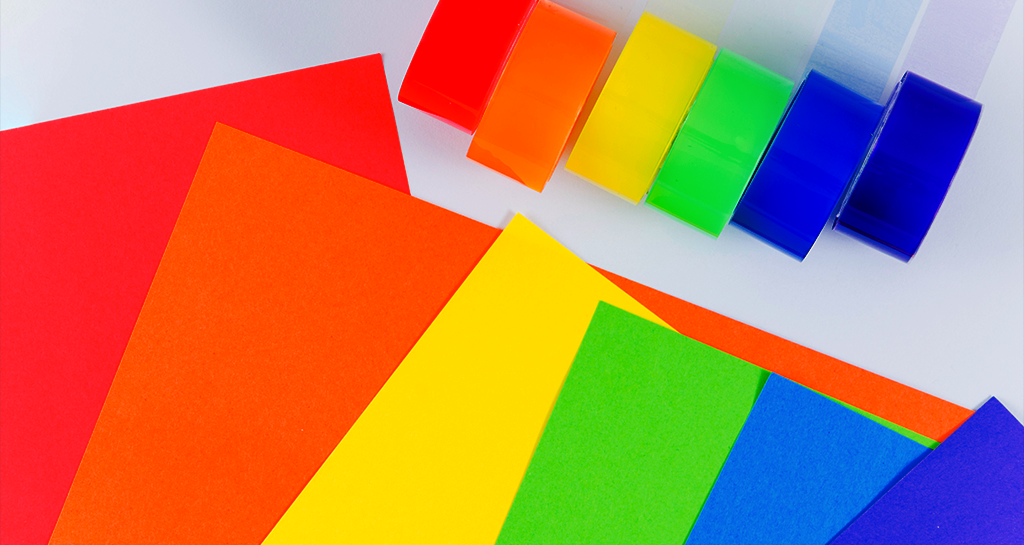- ⌘ It is a long established fact that a reader will distracted by the readable content of a page when looking an its readable ⌘
- It is a long established fact that a reader will distracted by the readable content of a page when looking an its readable ⌘
- It is a long established fact that a reader will distracted by the readable content of a page when looking an its readable ⌘
The Role of Color Theory in Web Design
In the realm of web design, the importance of color cannot be overstated. Colors have the power to evoke emotions, convey messages, and significantly impact user experience. Understanding and applying…
-
Read By - 4 minutes
-
Date - March 11, 2024
-
Category - Web/App Design Principles
-
Tags - Web/App Design Principles

In the realm of web design, the importance of color cannot be overstated. Colors have the power to evoke emotions, convey messages, and significantly impact user experience. Understanding and applying color theory is crucial for web designers to create visually appealing and effective websites. In this post, we’ll explore the role of color theory in web design and how it can be leveraged to enhance user engagement and satisfaction.
Understanding Color Theory
Color theory is a body of practical guidance to color mixing and the visual impacts of specific color combinations. It encompasses a multitude of concepts, but at its core are three primary components:
1. The Color Wheel: A circular diagram of colors arranged by their chromatic relationship. Primary colors (red, blue, yellow), secondary colors (green, orange, purple), and tertiary colors (a mix of primary and secondary colors) are all represented on the wheel.
2. Color Harmony: This concept involves creating a pleasing arrangement of colors by using specific combinations from the color wheel. Common harmonies include complementary (colors opposite each other on the wheel), analogous (colors next to each other), and triadic (three colors evenly spaced around the wheel).
3. Color Context: This refers to how colors behave in relation to other colors and shapes. The perception of a color can change depending on its surroundings, making context a vital consideration in design.
The Psychological Impact of Colors
Different colors can evoke different emotional responses and associations. Here’s a brief overview of what certain colors typically convey:
– Red: Energy, passion, urgency. Often used in call-to-action buttons to prompt immediate responses.
– Blue: Trust, calmness, professionalism. Frequently used in corporate websites and social media platforms.
– Green: Growth, health, tranquility. Commonly seen in sites related to nature, finance, and wellness.
– Yellow: Happiness, warmth, caution. Used to grab attention and evoke positive feelings.
– Purple: Luxury, creativity, wisdom. Often found in beauty and high-end brand websites.
– Black: Elegance, sophistication, authority. Used for bold, modern designs and luxury products.
– White: Purity, simplicity, cleanliness. A staple in minimalist designs to create a sense of space and clarity.
Applying Color Theory in Web Design
1. Establish a Color Palette: Start by selecting a base color that aligns with your brand’s identity. Use the color wheel to choose complementary, analogous, or triadic colors to create a balanced palette. Tools like Adobe Color can help in generating harmonious color schemes.
2. Enhance Readability and Accessibility: Ensure that text contrasts sufficiently with the background to be easily readable. Websites should also be accessible to users with color vision deficiencies. Tools like the WebAIM contrast checker can be invaluable in this regard.
3. Guide User Behavior: Use color to draw attention to key elements like call-to-action buttons, links, and forms. For example, a brightly colored button can encourage users to take desired actions.
4. Create Visual Hierarchy: Different colors can be used to establish a hierarchy, guiding users through the content in a structured manner. Headlines, subheadings, and body text can be differentiated using various shades and intensities.
5. Maintain Consistency: Consistent use of color reinforces brand identity and creates a cohesive user experience. Stick to the chosen color palette across different pages and elements of the site.
Examples of Effective Color Use in Web Design
– Dropbox: Dropbox uses a clean, blue and white color scheme that conveys professionalism and trust, perfectly aligning with its brand values.
– Spotify: Spotify’s vibrant green and black color scheme is distinctive and reflects its dynamic, energetic brand personality.
– Airbnb: Airbnb uses a soft, friendly palette of pinks and pastels to evoke feelings of warmth and hospitality, resonating with its community-centric mission.
Conclusion
Color theory is a fundamental aspect of web design that goes beyond mere aesthetics. By understanding and applying the principles of color theory, designers can create websites that are not only visually appealing but also emotionally engaging and highly functional. Whether you’re designing a new site or revamping an existing one, leveraging the power of color can significantly enhance user experience and drive engagement.
